| [1] | Abu-Mulaweh, H. I., 2003, A review of research on laminar mixed convection flow over backward- and forward-facing steps, International Journal of Thermal Sciences, 42, 897-909. |
| [2] | Togun, H., Safaei, M. R., Sadri, R., Kazi, S. N., Badarudin A., Hooman, K., Sadeghinezhad, E., 2014, Numerical simulation of laminar to turbulent nanofluid flow and heat transfer over a backward-facing step, Applied Mathematics and Computation, 239, 153-170. |
| [3] | Tylli, N., Kaiktsis, L., Ineichen, B., 2002, Side wall effects in flow over backward-facing step: experiments and numerical solutions, Physics Fluids, 14(11), 3835-3845. |
| [4] | Safaei, M. R., Vafai, K., Togun, H., Kazi, S.N., 2014, Investigation of heat transfer enchantment in a forward-facing contracting channel using FMWCNT nanofluids, Numerical Heat Transfer-Part A, 66, 1321-1340. |
| [5] | Chen, Y. T., Nie, J. H., Hsieh, H. T., Sun, L. J., 2006, Three dimensional convection flow adjacent to inclined backward facing step, International Journal of Heat and Mass Transfer, 49, 4795–4803. |
| [6] | Brakely, D., Gabriela, M., Gomes, M., Henderson, R. D., 2002, Three - dimensional instability in flow over a backward - facing step, Journal of Fluid Mechanics, 473, 167-190. |
| [7] | Atashafrooz, M., Gandjalikhan Nassab, S. A, Ansari, A. B., 2011, Numerical analysis of laminar forced convection flow over backward and forward facing steps in a duct under bleeding condition, International Review of Mechanical Engineering, 5(3), 513-518. |
| [8] | Safaei, M. R., Togun, H, Ahmadi, G., Kazi, S. N., 2015, Thermal performance of nanofluid in ducts with double forward-facing steps, Journal of the Taiwan Institute of Chemical Engineers, 47, 28-42. |
| [9] | Abu-Nada, E., 2005, Numerical prediction of entropy generation in separated flows, Entropy, 7, 234-252. |
| [10] | Abu-Nada, E., 2006, Entropy generation due to heat and fluid flow in backward facing step flow with various expansion ratios, International Journal of Exergy, 3(4), 419-435. |
| [11] | Abu-Nada, E., 2008, Investigation of entropy generation over a backward facing step under bleeding conditions, Energy Conversion and Management, 49, 3237-3242. |
| [12] | Atashafrooz, M., Gandjalikhan Nassab, S. A, Ansari, A. B., 2011, Numerical investigation of entropy generation in laminar forced convection flow over inclined backward and forward facing steps in a duct, International Review of Mechanical Engineering, 5(5), 898-907. |
| [13] | Atashafrooz, M., Gandjalikhan Nassab, S. A, Ansari, A. B., 2014, Numerical investigation of entropy generation in laminar forced convection flow over inclined backward and forward facing steps in a duct under bleeding condition, Thermal Science, 18(2), 479-492. |
| [14] | Safaei, M. R., Yarmand, H, Ahmadi, G., Gharehkhani, S., Kazi, S. N., 2014, Entropy generation due to turbulent flow of Zirconia-Water and three other different Nano fluids in a square cross section tube with a constant surface heat flux, Entropy, 16, 6116-6132. |
| [15] | Patankar, S. V., 1981, Numerical Heat Transfer and Fluid Flow,” Taylor & Francis, Philadelphia, Penn., USA, Chap. 7. |
| [16] | Atashafrooz, M., Gandjalikhan Nassab, S. A, 2012, Simulation of three-dimensional laminar forced convection flow of a radiating gas over an inclined backward-facing step in a duct under bleeding condition, Institution of Mechanical Engineers, Part C, Journal of Mechanical Engineering Science, 227(2), 332-345. |
| [17] | Atashafrooz, M., Gandjalikhan Nassab, S. A, 2012, Combined heat transfer of radiation and forced convection flow of participating gases in a three-dimensional recess, Journal of Mechanical Science and Technology, 26(10), 3357-3368. |
| [18] | Atashafrooz, M., Gandjalikhan Nassab, S. A, 2012, Numerical analysis of laminar forced convection recess flow with two inclined steps considering gas radiation effect, Computers & Fluids, 66, 167-176. |
| [19] | Atashafrooz, M., Gandjalikhan Nassab, S. A, 2013, Simulation of laminar mixed convection recess flow combined with radiation heat transfer, Iranian Journal of Science and Technology, Transactions of Mechanical Engineering, 37(M1), 71-75. |
| [20] | Byun, D. Y., Baek, S. W., Kim, M. Y., 2003, Investigation of radiative heat transfer in complex geometries using blocked-off, multiblock and embedded boundary treatments, Numerical Heat Transfer, Part A: Applications: An International Journal of Computation and Methodology, 43(8), 807-825. |
| [21] | Atashafrooz, M., Gandjalikhan Nassab, S. A, Lari, K., 2016, Numerical analysis of interaction between non-gray radiation and forced convection flow over a recess using the full-spectrum k-distribution method, Heat and Mass Transfer, 52(2), 361-377. |



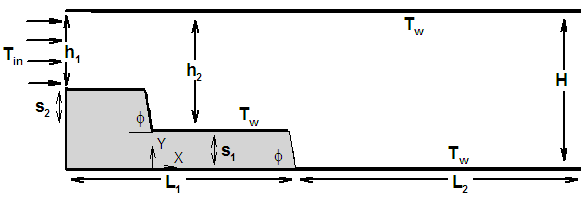








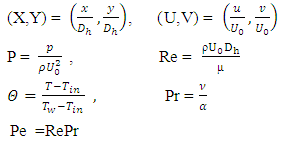



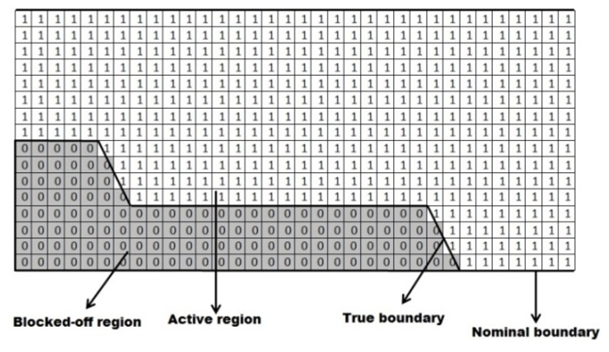
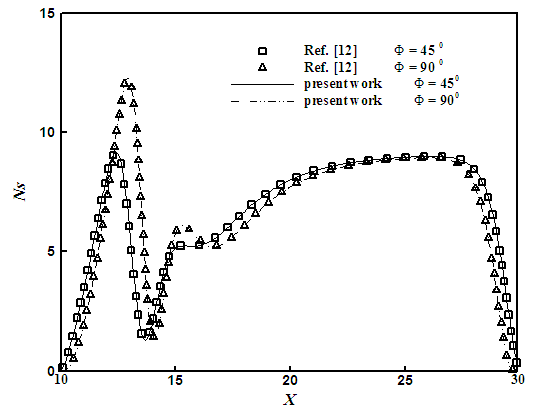
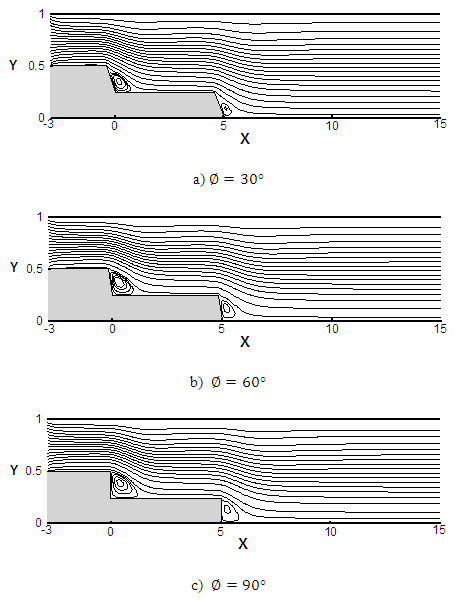
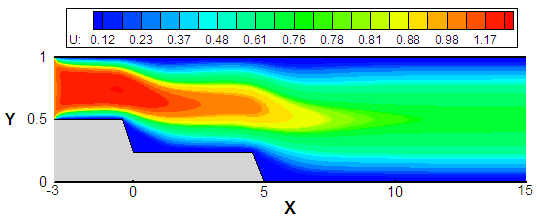

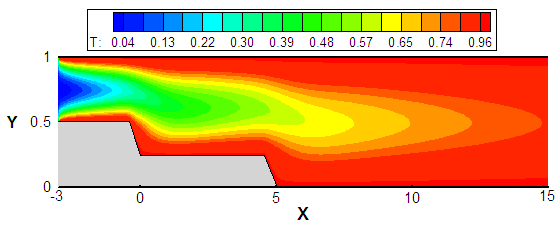

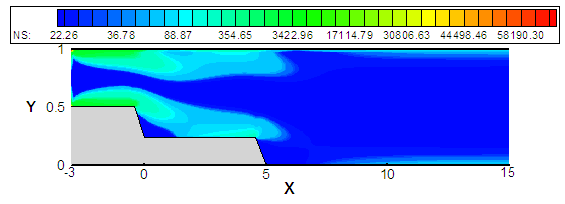

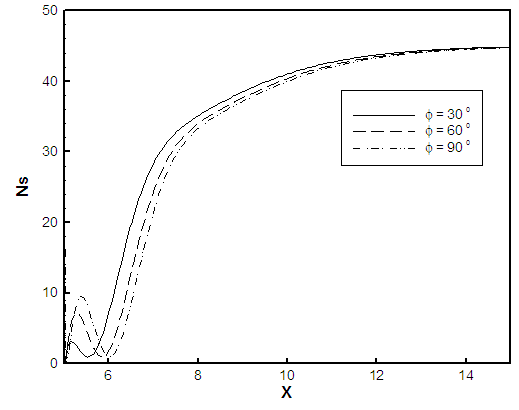
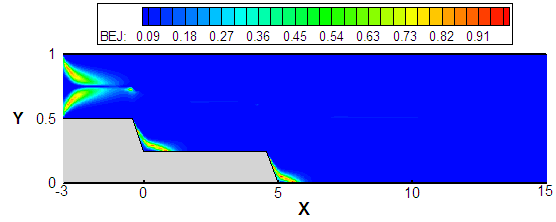

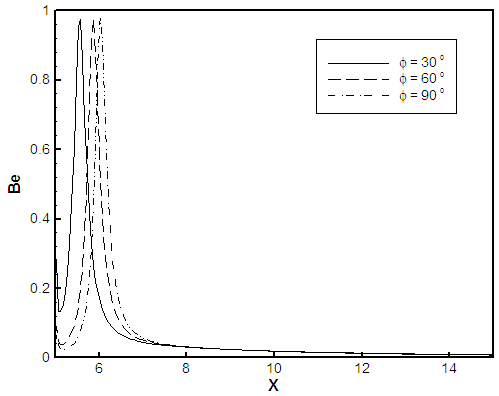
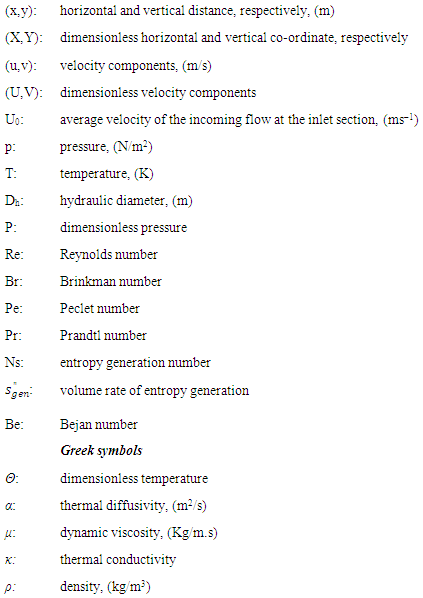
 Abstract
Abstract Reference
Reference Full-Text PDF
Full-Text PDF Full-text HTML
Full-text HTML